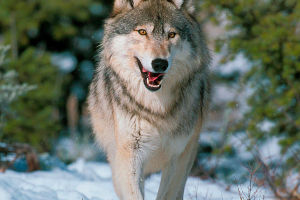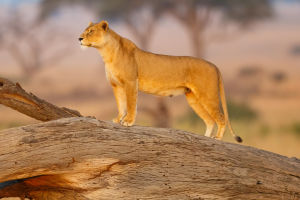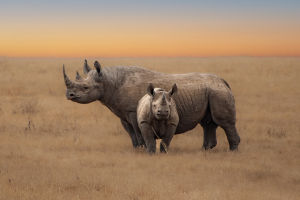Big cats, including lions, tigers, and leopards, are some of the most captivating creatures on Earth.
With their incredible size, strength, and elegance, they’ve earned a special place in the animal kingdom. Let’s dive into some frequently asked questions about these majestic predators.
What Makes a Big Cat?
Not all large cats qualify as "big cats." Only members of the genus Panthera, such as lions, tigers, leopards, snow leopards, and jaguars, are considered big cats.
A defining characteristic is their two-piece hyoid in the throat, which allows them to roar—a feature missing in other large cats. So, as much as your house cat might be a little on the "chonky" side, it can’t roar like a lion!
What About Cheetahs and Cougars?
Cheetahs and cougars, while impressive in their own right, aren’t considered big cats. Cheetahs belong to the genus Acinonyx, and cougars belong to Puma, which means neither have the hyoid necessary for roaring.
Are Cougars, Pumas, and Panthers the Same Animal?
Yes! The cougar, also known as the mountain lion, puma, and panther, is a large cat native to the Americas. It holds the Guinness World Record for having the most names—over 40 in English alone! This powerful feline, while not classified as a big cat, can grow up to 2.4 meters (8 feet) long and weigh up to 90 kilograms (200 pounds).
Jaguars vs Leopards: Are They the Same?
At first glance, jaguars and leopards may look alike, but they are distinct species. Jaguars (Panthera onca) are native to the Americas, while leopards (Panthera pardus) live in Africa and Asia.
You can tell them apart by their coat patterns: jaguars have rosette-shaped spots with smaller black dots inside, while leopards have solid rosettes without dots. Jaguars are also bulkier with a wider head and stockier body.
Which Big Cat is the Largest?
Despite being known as the "king of the jungle," lions are not the largest big cats. That title belongs to the tiger, specifically the Amur tiger, or Siberian tiger.
These powerful felines can reach lengths of 3 meters (10 feet) and weigh over 270 kilograms (600 pounds). However, the Amur tiger is endangered, with only about 400 individuals remaining in the wild.
How Can We Help Big Cats?
Big cats face numerous threats, from habitat loss to poaching for their pelts and body parts. Efforts to protect them are critical. Organizations like IFAW are actively working to combat wildlife trafficking and support sustainable coexistence between big cats and local communities.
By supporting genuine wildlife sanctuaries, avoiding exploitative tourist attractions, and reporting illegal wildlife sales, you can play a part in ensuring the survival of these magnificent creatures.
Big Cat Facts
Video by MooMooMath and Science


